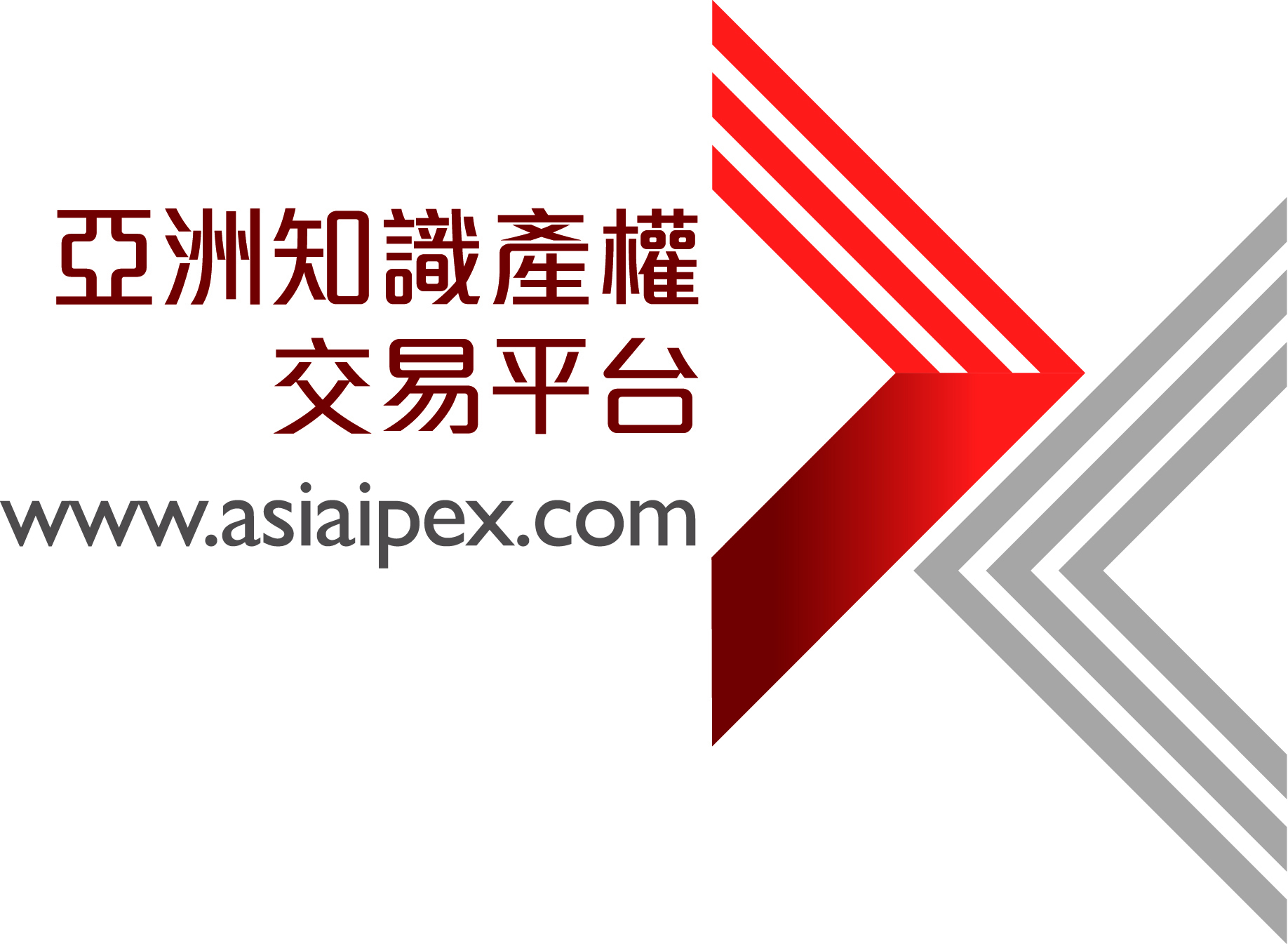Stereo Vision Navigation and Object Tracking System for Mobile Platform - Vision Guided Robot
- 總結
- Stereo Vision is similar to the biological process Stereopsis. The system has two embedded digital cameras located at a fixed distance and captures the video stream of the surrounding concurrently. The benefit of this system is its non-invasive nature and ability to provide accurate depth information of objects being tracked. This largely reduces the errors in object tracking and position measurements. The proposed solution employed a probabilistic algorithm to estimate the obstacles position from the series of stereo images acquired using the stereo vision camera. The system works by first obtaining 3D position and target information related to each object in the robot s environment. It then performs classification on building elements (ceiling, walls, columns and so on) and the rest of items in the robot surroundings. All objects in the robot surroundings, both dynamic and static, are considered obstacles except for the environment structure itself. The technology can also be used to map out the geometry of the surrounding environment and this mapping information can be used for robotic applications.
- 技術優勢
- A passive sensor is safe for humans and there is no interference to the environmentIn principle there is no limit to the distance that can be measuredMultiple use of image information can be applied for various missions and tasks
- 技術應用
- This technology is applicable in the following industries:Warehouse AutomationIndoor SurveillanceAerial SurveillanceTarget Recognition and Mapping
- 詳細技術說明
- The System comprises of a hardware module and four software modules. They are the robot controller module, GUI module, vision detection module, mission planner & robot hardware control module and system & file I/O management module. Bumblebee2 Stereo Vision System is implemented on the vision guided robot. It feeds the left and right images with a resolution of 648 x 488 pixels at 48 frames per second to the software modules. The robot is also equipped with IMU, ultrasonic sensors and rotatory encoders to enhance its robustness A combination of a Bayesian algorithm and a deterministic clustering process is used in order to obtain a multimodal representation of the position of detected obstacles.
- 申請日期
- 14-Aug-2015
- ID號碼
- TO17306
- 國家/地區
- 新加坡

欲了解更多信息,請點擊 這裡





